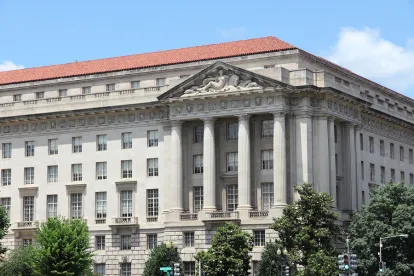We don’t need to wait for the confirmation of Michael Regan as the new Administrator of the U.S. Environmental Protection Agency (EPA) to get the first look at how the Biden administration intends to regulate certain per- and polyfluoroalkyl substances (PFAS) chemicals. The agency is moving toward establishing a drinking water standard for PFOA and PFOS and has stated that it is considering avenues for regulating additional groups of PFAS under the Safe Drinking Water Act (SDWA) as well. The SDWA is just one of several statutes EPA is actively considering for additional regulation of PFAS. For example, EPA is considering hazardous substance and hazardous waste designations under the Comprehensive Environmental Response, Compensation and Liability Act (CERCLA) and/or the Resource Conservation and Recovery Act (RCRA).
What Are PFAS?
PFAS are more than 4,700 fluorinated chemicals used in industrial settings and in consumer products. PFAS are human-made compounds that have unique capabilities to provide protection against heat, moisture and other factors that can degrade materials. PFAS vary widely in composition, and the manufacture and use of many PFAS compounds have been phased out in the U.S. Although regulation and industry efforts have succeeded in limiting the prevalence of these compounds, their persistence in the environment continues to present a challenge for industry and regulators.
What Did EPA Do?
On February 22, 2021, EPA announced two actions under SDWA to address PFAS. First, the agency reissued the final regulatory determination to implement a National Primary Drinking Water Regulation (NPDWR) for PFOS and PFOA. The determination was originally issued on the last full day of the previous administration but was captured in the broad effort by the Biden administration to pause regulatory actions that were pending at the time of inauguration. This determination also states that the agency is considering the regulation of additional PFAS chemicals.
Second, EPA revised the fifth SDWA-directed review under the Unregulated Contaminant Monitoring Rule (UCMR 5) to include an additional 29 PFAS chemicals. The proposed Rule, once published in the Federal Register, will be subject to a 60-day public comment period. If promulgated, the Rule will impose data collection obligations on public water systems of a certain size. That data collection, when completed, can serve as part of the underpinning for additional SDWA actions, including adding chemicals to the Contaminant Candidate List and potentially regulating those chemicals under the SDWA. The list of 30 potential contaminants under review at any one time has not typically been so highly focused on one type or family of chemicals. For instance, UCMR 3, issued in 2012 during the Obama administration, studied seven volatile organic compounds, six metals and six PFAS, including PFOA and PFOS. Those compounds were placed on the Contaminant Candidate List, and the February 22 regulatory determination triggers a rulemaking that often results in the establishment of a maximum contaminant level (MCL).








 />i
/>i
